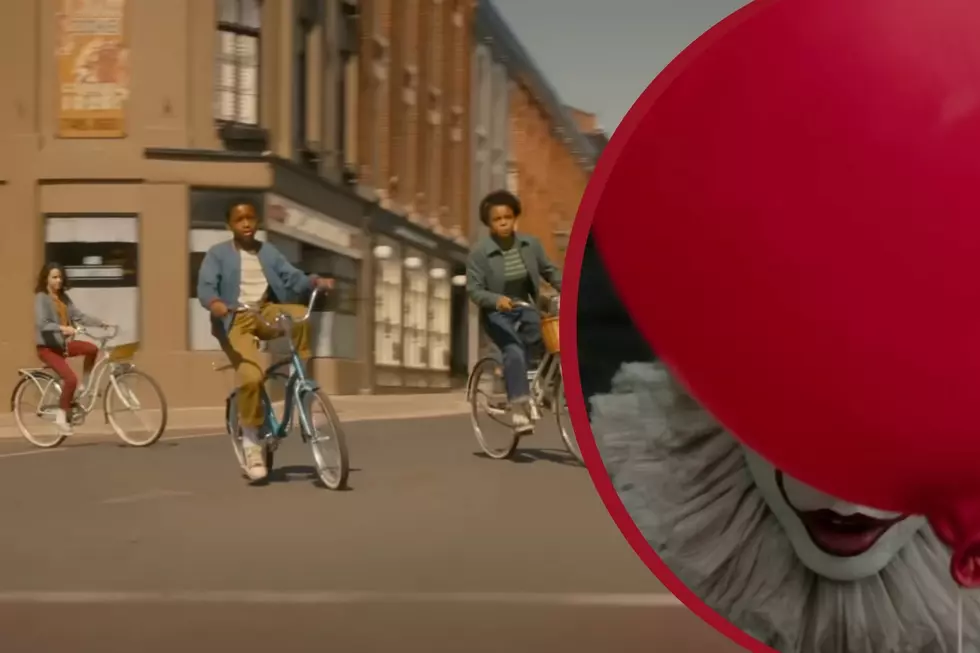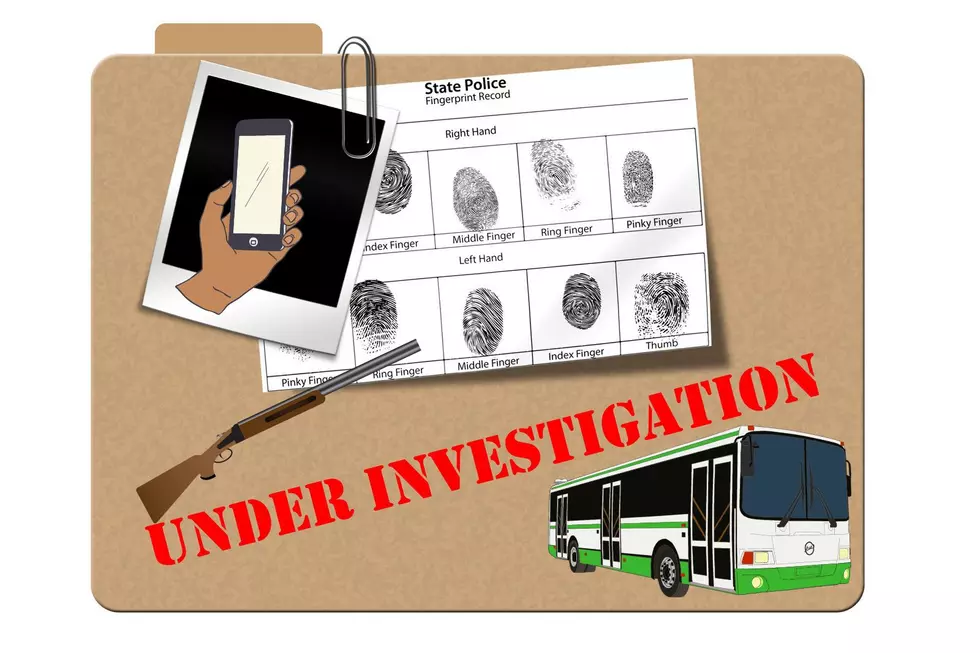
Buyer Beware! 7 Tips For Identifying A Flood Damaged Pre-Owned Vehicle
In lieu of the recent hurricanes that pounded the East Coast, no doubt, you may come across a pre-owned vehicle that has hidden damage. Buyer beware of this!
Trusted resource Kelly Blue Book is aware of the shenanigans that some people execute when trying to sell a used care to someone. There can be hidden problems with a car anyway, but especially if that car was sitting in a flood zone.
According to Kelly's website, the Carolinas are expected to have severely damaged vehicles in the wake of Hurricane Florence.
Here are 7 Tips to help you identify a flood-damaged vehicle which should be of help should you come across one while trying to buy your next car.
- Musty Odors - You know the smell all too well, especially if you've walked through an old house or building. The musty smell in the carpet and padding in a car, is a good indication that water got to places it shouldn't have. If you can, pull up the carpet and check for water and mold residue.
- Check the Spare Tire Well - In the trunck of many vehicles, is where the spare tire lives. If there is water damage and mud in the tire well, then you'll know that another good inspection is in order. Silt in the glovebox is a good sign as well.
- Mud - Mud and silt can find themselves in some of the most 'unseen' places. Some places to looks for silt is along the seat tracks in the car. Inside the door liner is another place silt likes to hide, especially if the car has been a victim of flood damage.
- Surface Rust - In the state of Maine, a vehicle will have a pretty tough time passing the safety inspection if rust is evident. Check metal parts inside the vehicle that normally would not be in water. If there is rust in the dash board, glovebox or other places where metal is previlent, then you can suspect the vehicles has been in a flood.
- Condensation or Water - One needs to be careful with this one because as a car ages, seals weaken or other 'air holes' can arrise. For instance, moisture in the headlights may have resulted from a past accident, but could also be the result of a flood-damaged vehicle. Moisture beads in the instrument panel and interior lights is another indication of flood issues.
- Lift Gates and Power Doors - If these don't function properly, especially if the car is a later model, it could be because it was in a flood.
- Corrosion - Check around the fuel tank, brake lines and, or course, the cars undercarriage. According to Kelly's website, if corrosion appears on shock towers or on top of springs, then the corrosion is likely due to flood-damage.
Most auto dealerships should be safe zones for vehicle purchases. However, make sure they are a repitable dealsherip and be weary of private sales, especially in and around affected hurricane areas.
CARFAX offers a nice service if you ever want to see if there is record of a damaged, pre-owned vehicle. Have your VIN ready and click here for more information.
More From









